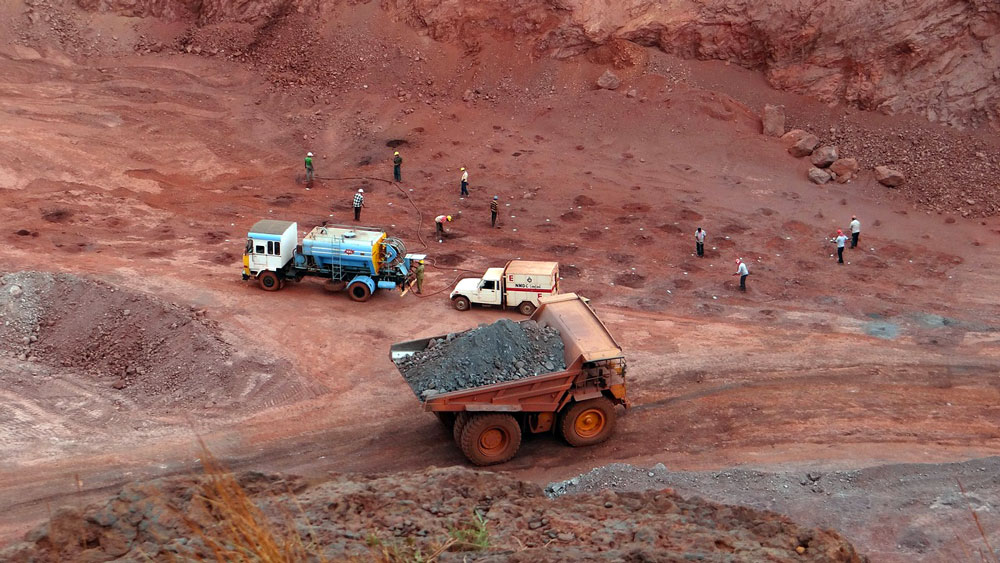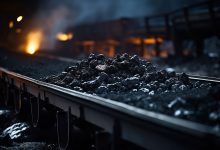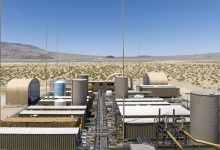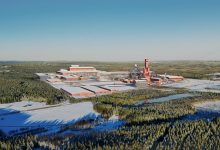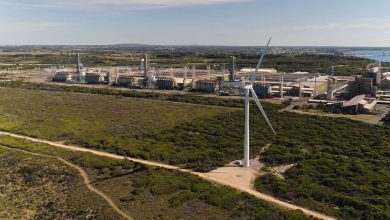Australian Miners Working Hard to Exploit High-quality Iron Ore
According to MiningNews.net website, although the current trend of iron ore prices is strong, the Australian government predicts that iron ore prices will fall sharply in the first half of 2020.
After the deadly dam collapse in Brazil in January 2019, Vale suspended production of 93 million tons, while production in Western Australia was affected by the storm. At the time, iron ore giants such as Rio Tinto and BHP Billiton lowered their production targets for this year.
However, the current tight supply situation has begun to ease.
On June 22, 2019, Vale’s Brucutu iron ore mine with an annual output of 30 million tons resumed production. One-third of the company’s output has been restored since January.
In terms of iron ore exports, Brazil’s iron ore exports in June last year also increased by about 500,000 tons.
Falling demand and supply return to normal levels, the Office of the Chief Economist of the Australian Government estimates that iron ore prices will average USD 80 per ton this year, but will drop to an average of USD 57 per ton by 2021.
Currently, the main players in the Australian iron ore M&A deal are SMEs in the industry. In the past two years, the import and export prices, financing levels and market activity of iron ore have rebounded, attracting OTC funds into the industry continuously. According to Perth consulting agency which specializes in dealing with SMEs, the market transactions have been frequent for several days, and the company’s staff has never been so stretched in recent years. More and more resource-based small businesses believe that the current best investment method is to take over the existing companies instead of re-exploring mining. Therefore, the common way of mergers and acquisitions is mutual equity investment or the formation of joint ventures with smaller companies.
Although some people believe that the extraordinary contribution of iron ore to Australian economic prosperity has become history, some mining companies have increased their enthusiasm for expanding production with the recovery of iron ore prices in the past two years. As a result, BHP Billiton, Rio Tinto and FMG have expanded the production scale of the Western Australian mining area. It was expected that the share of Australian miners in China’s iron ore imports in 2019 to rise from 43% in 2010 to about 62%. At the same time, however, the supply of high-quality iron ore in Brazil continues to increase in the international market. Therefore, future market supply and demand will enter saturation.
The new measure of Australian three major mining giants are the vane of the entire iron ore industry, and the changes in the market also indicate that the Australian mining industry is undergoing major adjustments. The three major Australian mining companies plan to build new mines in Pilbara in the next five years. This region is one of the Australian major producing areas of high-grade iron ore and is expected to invest between USD 5 billion and USD 10 billion. It is reported that BHP Billiton’s directors approved a USD 2.9 billion South Wing iron ore project recently, which will produce 80 million tons of iron ore per year, being equivalent to nearly one-third of BHP’s current production in Pilbara. It was announced that FMG would spend USD 127 million to acquire a new mine, and Rio Tinto would build a new mine by the end of 2019, which means that the Australian three major iron ore producing area intend to build new mines in the same area at the same time.
In 2019, BHP Billiton and Rio Tinto planned to slightly reduce exports, with an estimated 290 million tons and 360 million tons respectively. However, the total export volume of Australian iron ore is expected to increase from 865 million tons in 2018 to 895 million tons in 2020, reaching a peak and stabilizing at around 884 million tons after 2023.
Although the emerging market has a large amount of potential, the market now needs more high-quality iron ore, and the transaction price is consolidating in a relatively narrow space of USD 60 to USD 80 per ton. China is still the main export destination for Australian iron ore, and the increased demand in China for iron ore quality has also prompted the Australian iron ore industry to provide more high-quality iron ore. Therefore, enterprises can only achieve greater return on investment by improving the technical of iron ore beneficiation machines and reducing more costs.


